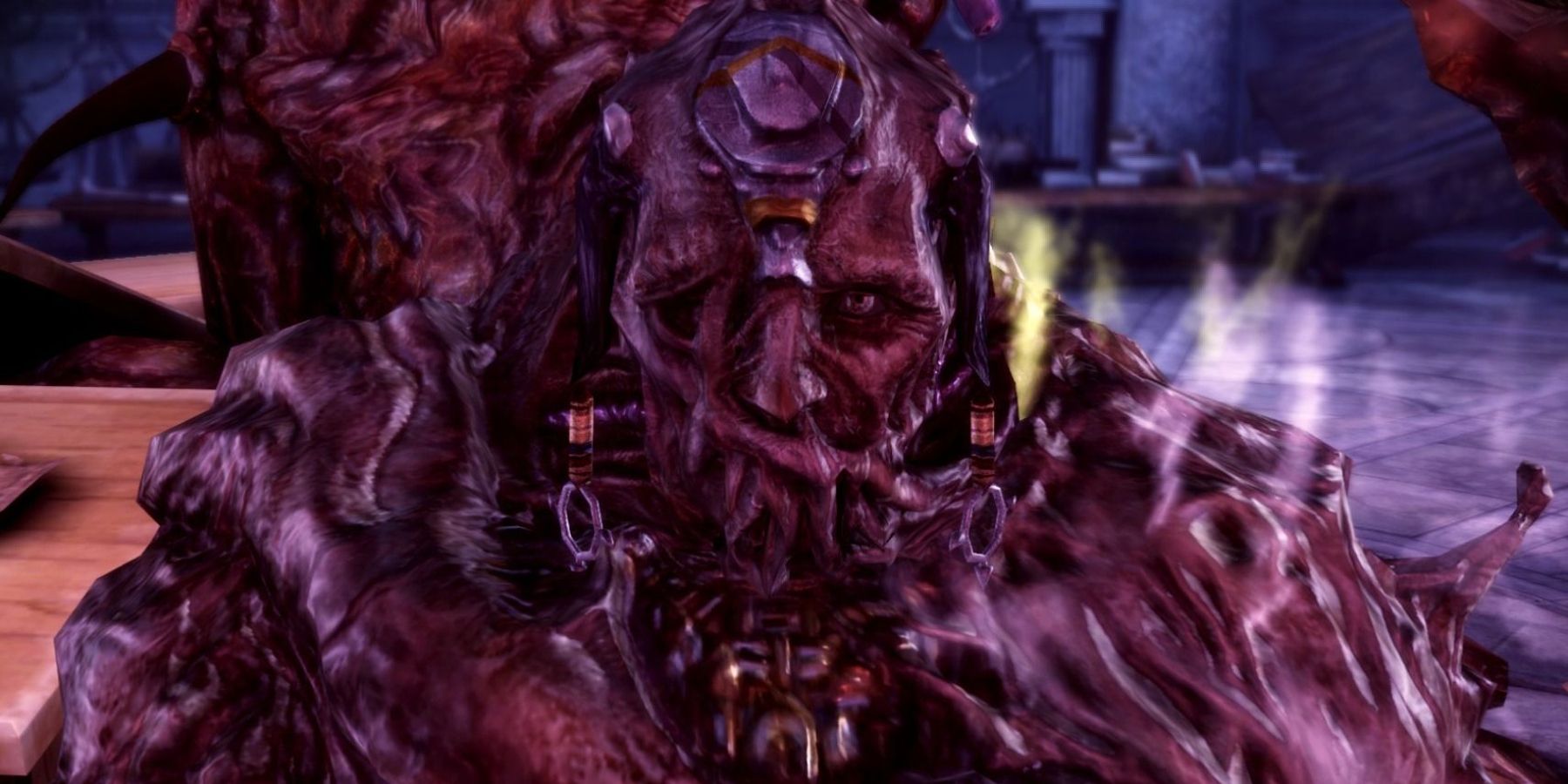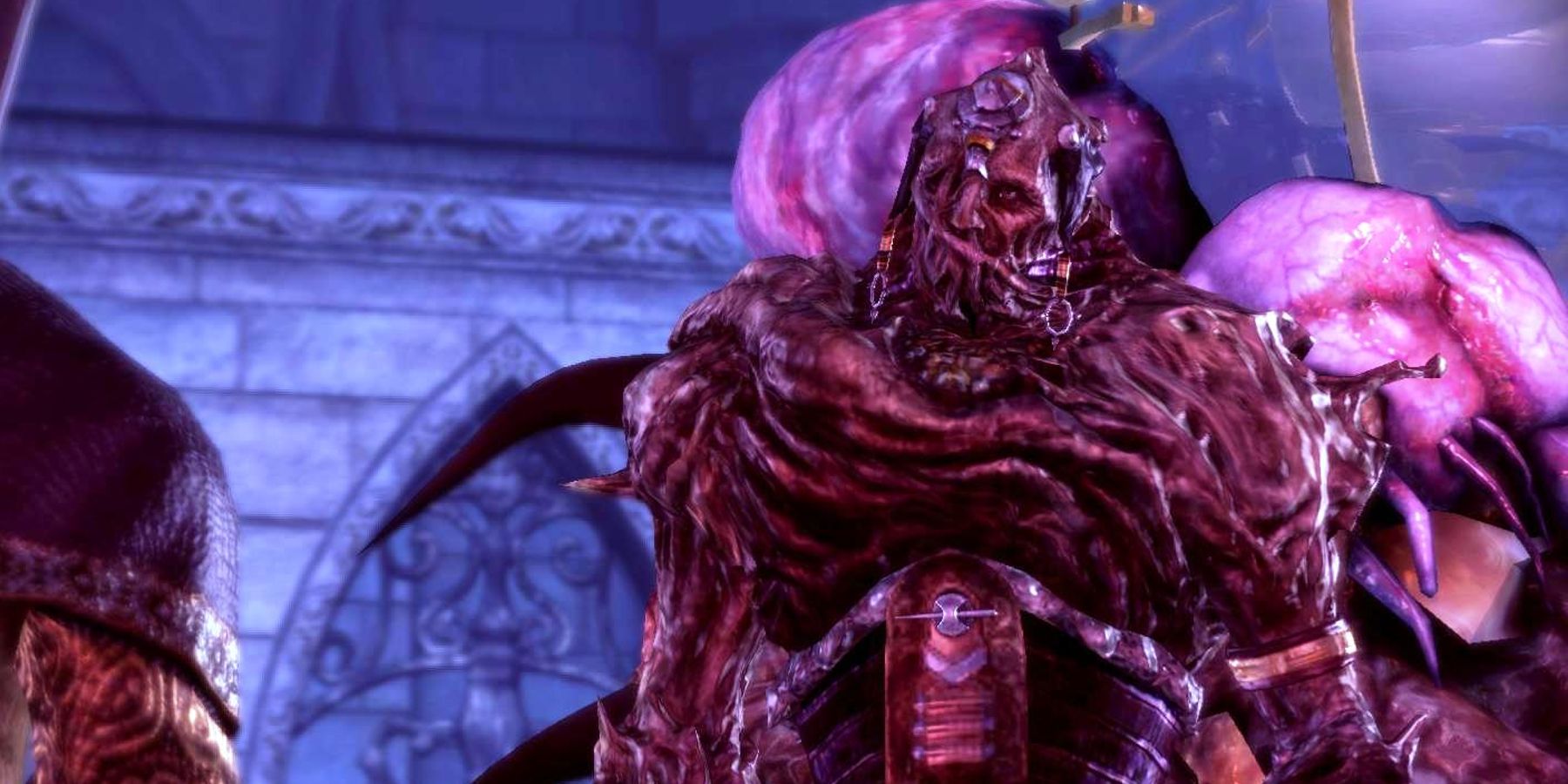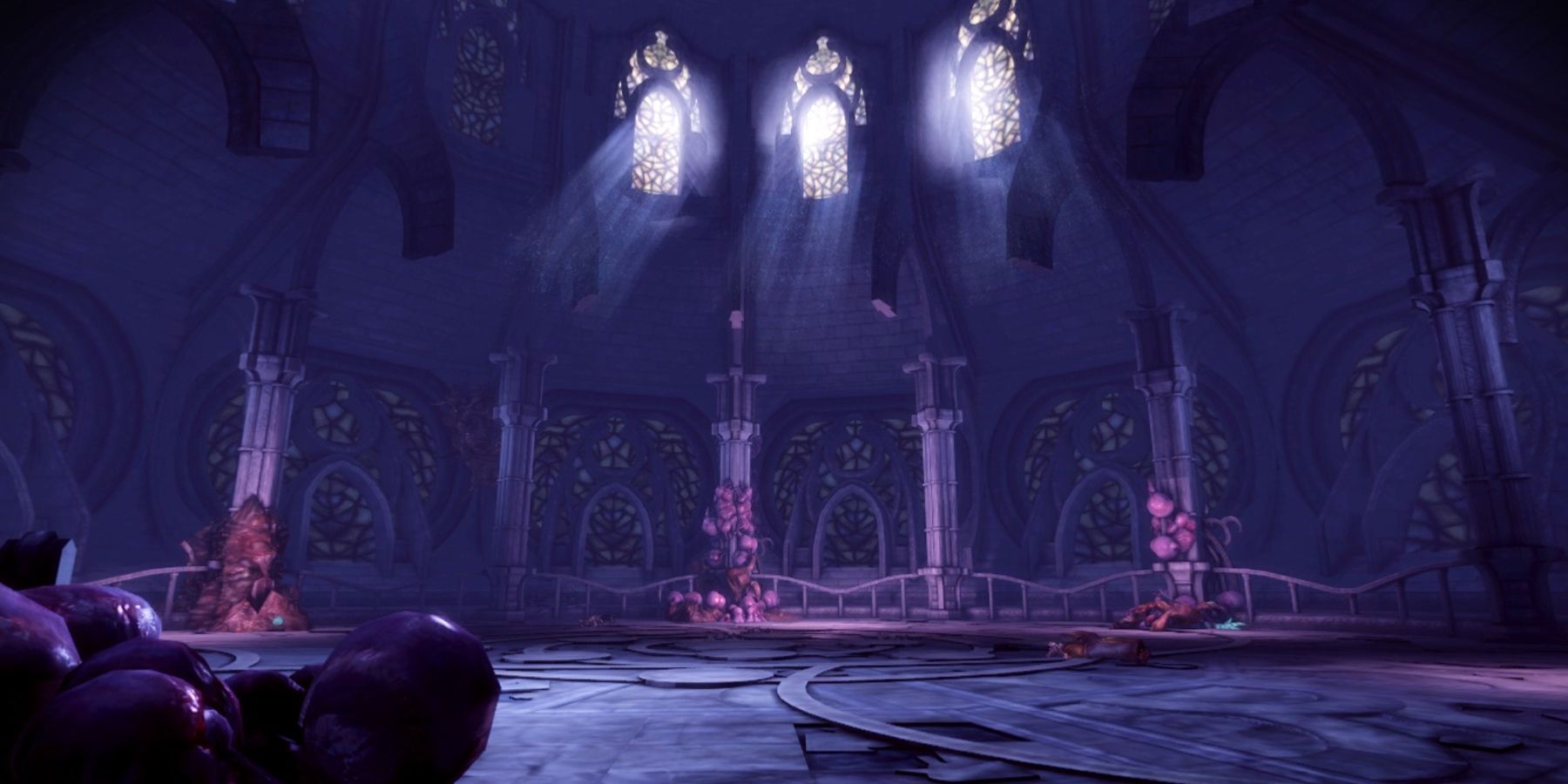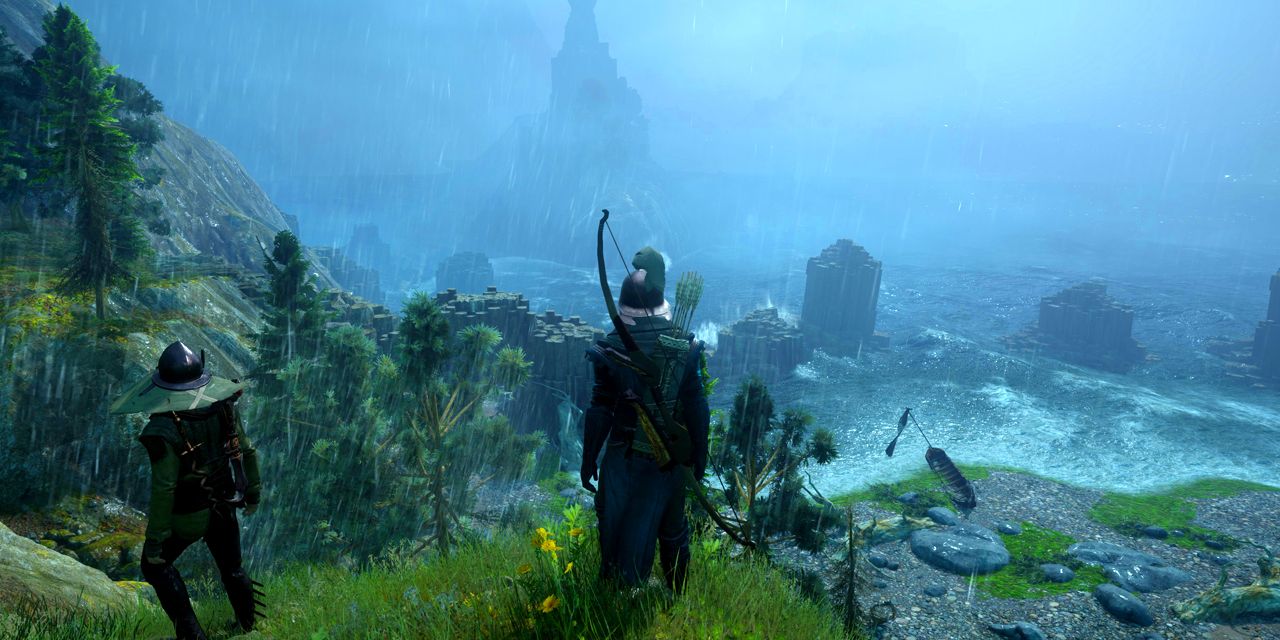BioWare's fan-favorite fantasy series Dragon Age has always had a compelling and multifaceted element to its storytelling. Like any good fantasy yarn, the Dragon Age games take place in a world that feels as real as it is vast, with complicated political intrigues, intertwined histories between races, and centuries-worth of well-crafted lore. The in-game regions are distinct, the multitude of races are vibrant and unique, and the decisions that players must make are steeped in consequences to give the storytelling weight. With the high praise for Dragon Age's voice acting, characters, narrative, and lore across the series, it's no wonder that fans are clamoring for more.
Although details of the Dragon Age sequel currently in development are scarce, this hasn't stopped players from speculating or scrubbing through newly released short stories for potential hints. With various trailers released and additional details revealed since it was announced in 2018, the next Dragon Age game is still mostly shrouded in secrecy. While players eagerly await more news on the highly anticipated game, it makes sense to look back on some of the elements that have made up the Dragon Age story so far, and how they could affect the franchise's future. One interesting aspect of Dragon Age lore is the creation of abominations – demon- and spirit-possessed creatures with potentially dangerous capabilities.
Dragon Age: Introducing Abominations
Throughout the Dragon Age series, characters have had a very interesting and fundamentally impactful relationship with magic. Not only are mages a playable class in the three main Dragon Age titles, but magic and the abilities associated with it affect the politics, history, and relations between races in the narratives of the games and beyond. Although magic can have many positive associations and uses, there is also a darker side to the abilities as well — a side that presents many dangers as well as dire consequences.
One of the less palatable and contentious elements of magic in Dragon Age is the creation of abominations. These sometimes frightening-looking creatures are created when a demon or a more benign spirit possesses or merges with a being with magical abilities. This is usually a mage, but the term can also loosely encompass any spirit that possesses even an inanimate object. Although, these are not technically abominations in the traditional sense, as the spirit does not gain any additional powers after the possession takes place.
Typically, abominations are rare and are usually created accidentally. When a weakened mage interacts with the Fade, they risk attracting the attention of a demon and inevitably becoming possessed if they cannot fight its influence. Similarly, mages who practice blood magic are more likely to transform into abominations as they are more susceptible to demons in general. Once an abomination is created, the empowered demon/mortal hybrid will try to create more of its kind, potentially leading to widespread consequences as the demon controls its host like an evil puppet master.
The Impact Abominations Have On The Dragon Age Story
As the predominant inhabitants of the Fade, demons and spirits remain fairly mysterious figures in the Dragon Age stories. Just as mortals can corrupt spirits and turn them into demons — whether accidentally or maliciously — demons can also pollute magical mortals and turn them into abominations. This complex and often misunderstood relationship between the beings of both realms drives many aspects of the cultures, religions, and histories at the heart of the Dragon Age stories. Abominations represent the dangers of interacting with the Fade, in addition to the problems that can arise from the misuse of power and magical ability.
While mages are undeniably dangerous and can cause widespread damage, destruction, and death if combined with demons and unleashed, it is often the merciless methods used to manage magic that leads to the most negative consequences. The fear of magic, and its potential lack of control, caused the creation of institutions and factions that try to curb and corral this power and the beings who wield it. This has caused rifts and recriminations, and lead to misunderstandings and prejudices that helped to shape the regions of Dragon Age – usually not for the better.
Throughout the Dragon Age games, from Dragon Age: Origins to Dragon Age: Inquisition, key characters have become possessed by either spirits or demons. Wynne, a mage and potential companion in Dragon Age: Origins, believes herself to be connected to the Spirit of Faith – a benevolent being for the Fade that Wynne thinks has watched over her since her childhood. This relationship showcases the more positive associations of the Fade and its occupants, but Wynne herself cautions that although the fear of magic stems from misunderstandings, that doesn't mean magic and the Fade are without their risks.
Anders is another mage and potential companion in both Dragon Age: Origins and Dragon Age II and just like Wynne he is a spirit healer who is possessed by a benign being of the Fade. However, Anders' merging with the Spirit of Justice is far from peaceful like Wynne's was, and his spirit is corrupted into the Spirit of Vengeance. Players even have the option to kill Anders after his merging turns disastrous and the mage becomes more extreme. As a cautionary tale, Anders serves as a reminder of the powers at play here, and that once mixed with mortals, both spirits and demons can wreak havoc and destruction.
The Potential Future Of The Franchise
Abominations and what they represent could definitely still have a place in the future of the Dragon Age series. As beings, they not only present intriguing story opportunities and ways to expand on character backstories or arcs, but they also highlight a lot of the key themes in the franchise. The balance and inevitable fight between light and dark, the struggle for power and control, and the prejudices between different groups such as races and castes are all aspects that have featured throughout Dragon Age lore.
The next Dragon Age installment could base some interesting and no doubt morally complex story or side missions around abominations and their creation. The Fade: Lost in Dreams is an infamous quest in Dragon Age: Origins and centers around blood mages who allow abominations and demons to run riot around the higher levels of the Circle Tower. It highlights the negative aspects of interactions with the Fade and the dangers of abuses of power, and if gamers have chosen to play as a mage character in Dragon Age: Origins it adds interesting dimensions to the plot of the quest.
Including a deeper understanding of the Fade and the dangers and possibilities within could be an intriguing aspect of future Dragon Age games, as these are concepts that the series has always flirted with in the past. As abominations are one of the key reasons of what drives the fear of magic and of mages in the world of Dragon Age, it seems that they will continue to have an important part to play in how magic users are seen in their societies. Dragon Age 4 presents a great opportunity to further explore the world's relationship with magic and mages, and fans will no doubt be interested to see how this will evolve.
Dragon Age 4 is in development.




